
bolewts58
-
Posts
598 -
Joined
-
Last visited
-
Days Won
9
Content Type
Profiles
Forums
Blogs
Gallery
Events
Store
Posts posted by bolewts58
-
-
Here's my suggestion for a rather long-winded title in perhaps somewhat fractured German.
Es nimmt viel mehr als ein direkter Artillerie-Schlag, um mich unten zu halten.
0 -
It's interesting that they're wearing the SSOS shield as a hat badge and have "pimped out" their uniforms with different skulls.
0 -
Nice photo of Members of Selbstschutz-Bataillon Gogolin
What I can make out is:
Handrsin or Kandrsin (not sure), Upper Silesia, 1 July 1921, at our discharge
From left to right
Schäfer, Nappe, Bbr. (?) Welk from Danzig
Katscher, (Gogolin), Renner Bbr. (?) Breslau
0 -
This badge is unfortunately a well-made, but well-known copy from ordensammler.com.
http://www.ordensammler.com/html/grodno.htmlhttp://www.ordensammler.com/html/grodno.html
The tell-tale signs are the shallowness of the stamping and soft detail on the reverse, the ghost image of the cross on the reverse and the chemically oxidized wreath. They never had this kind of finish. The wreath was silvered and then painted black. The black is usually worn away on most badges to reveal the silvered brass.
These fakes turn up on eBay all the time and are available from a number of known, spurious dealers.
Here is what I believe to be a genuine badge.
http://gmic.co.uk/uploads/monthly_12_2012/post-12700-0-76677200-1356580616.jpg.
0 -
Hi,
a long history indeed! Was this worn just in the Freikorps period?
As far as I know, it was only worn while they served in the Freikorps. Although, given the incomplete records, maybe a photo will show up one of these days with the badge being worn as a Reichswehr "Tradition Badge" since they did form a "Tradition Eskadron" in the Preliminary Reichswehr. It's a logical assumption. There were only about 180 men and 10 officers in the Freikorps unit. So, as far as I know they didn't really operate independently, but as a mounted unit in the Iron Division. They left before the Iron Division became the Deutsche Legion and joined The Russian Westarmee. It was always a small unit and therefore this is quite a scarce badge.
0 -
I've been talking a lot, so thought I should post an interesting and rare Freikorps badge.
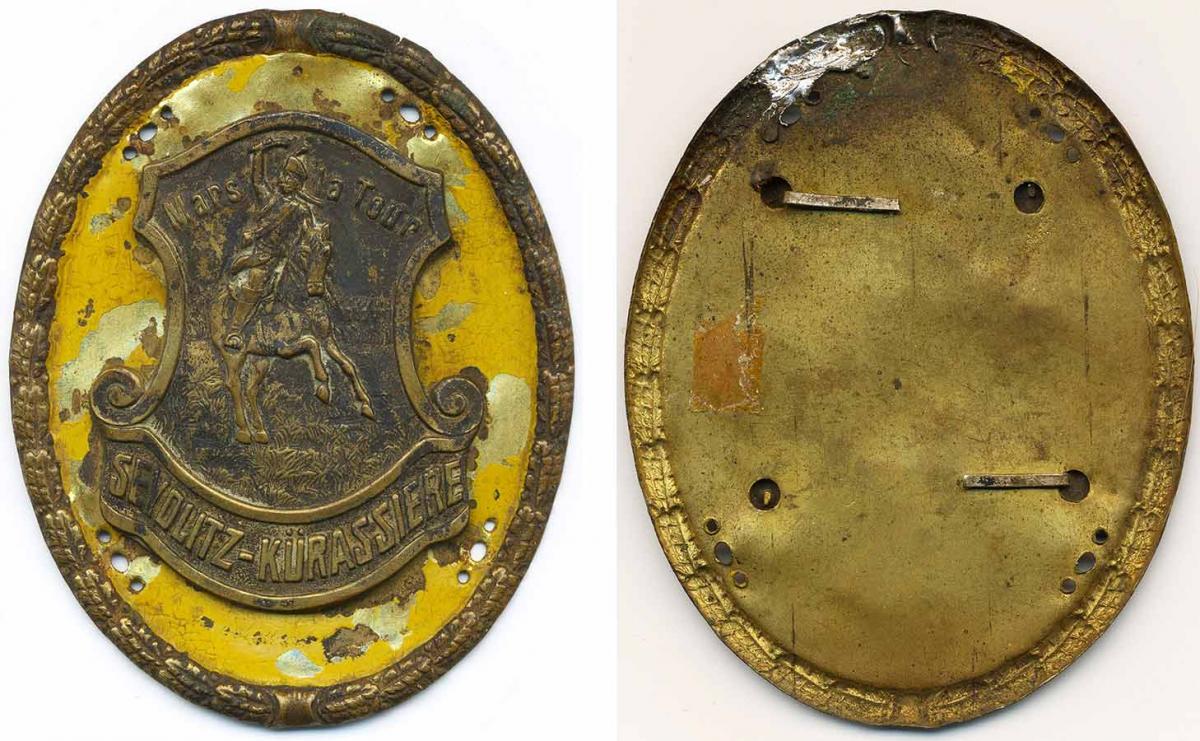
Freiwilligen-Eskadron von Lützow/Freiwilligen-Eskadron Kürassier-Regiment 7 Sleeve Badge
The uninterrupted history of the regiment stretches back to 1815 all the way through WWI, the Freikorps period and into the Reichswehr.
DAS KÜRASSIER-REGIMENT VON SEYDLITZ (MAGDEBURGISHES) NR. 7
Founded 1815
Fought in the Wars of Unification from 1862-1866
FRANCO-PRUSSIAN WAR, 1870-71
General von Bredow’s “Death Ride” at the Battle of Mars La Tour, 1870 in which 7th Cuirassiers, 19th Dragoons and 16th Uhlans charged and overran the French guns
A detachment of NCOs and enlisted men fought in Southwest Africa in 1904/05
WORLD WAR I
Began on the Western Front then moved to Poland in Late 1914
Kurland and Lithuania in 1915-16
Rumania in 1917
Western Front in late 1917
Siegfried line September - October 1918
last battles in Flanders 1918
Returned to their barracks in Halberstadt in Novermber and demobilized in December 1918
FREIKORPS
Remnants formed Freiwilligen-Eskadron von Lützow/Freiwilligen-Eskadron Kürassier-Regiment 7 in January 1919 and served in the Baltic campaign
REICHSWEHR
Formed a “Traditions-Eskadron” as part of the Vörlaufiges Reichswehr in November 1919
Together with 4 other cavalry squadrons formed Reichswehr Reiter-Regiment 10 in March 1920
0 -
Its great to see someone get back into the hobby, to many leave it :-(
Best
Chris
It's funny. I stopped collecting Imperial orders and decorations by 1995 because at that point, I had most orders up to commander grade, so had entered the rarified world of grand cross sets, which were expensive and beginning to be reproduced quite well by the mid-90s. I was afraid that the reproductions would eventually kill the hobby and the value of my collection.
When I look at the repros now, those in the 90s pale significantly. Yet, people are still collecting and the values have sky-rocketed. For example, who knew Turkish War Medals would shoot up to hundreds of dollars? 17 years ago, you could still get a Godet for well under $100 and nobody even wanted the Turkish issue ones, which could be had for $5-10.
0 -
I bought my first Freikorps piece in 1969. But, I wouldn't presume to call myself an expert, as I still make mistakes and am always learning something new.
1969! You are one old the old guys! For some reason i thought I was no longer the youngest on the forum....
1969, I was just out of Dadsbag on the way to making my debut on the world stage!
You have been doing Freikoprs for a long time!!
I'm 60 year old Chris. This is my 2nd go 'round collecting. I collected from around 1958, when my Dad gave me a couple of German Breast Eagles he brought back from the war, until 1995, when I sold off the last of my Imperial German collection and all my first Freikorps collection. During that period, I also collected British and Canadian cap badges (in the 1960s), Waterloo medals and the MGSM (in the 1970s), bits and pieces of 3rd Reich stuff (up until the early 70s). In 1969 I bought an RAO 4th class for $15 and got hooked on Imperial German orders and decorations. At the same time, I bought a Silesian Eagle 2nd class for $8 and a Baltic Cross for $5 and that got me started on Freikorps. As I got more into that stuff, I dumped the 3rd Reich stuff and the Waterloos and MGSMs.
I only started collecting again a couple of years ago by chance, when I found a copy of von Salomon's Freikorps book at a book fair, which peaked my interest again.
0 -
Ouch... that was pretty high!!
This is why I personally tend to stay away from Freikorps badges that are 'leftovers' from the Imperial period, unless there's a very reasonable amount of proof that they were actually used in the Freikorps.
A major portion of the historical records of the Freikorps were destroyed in a bombing raid in 1945. Therefore, there are large gaps in the information, which leads to all kinds of fantasies appearing on the market. Although, other records have come to light and keep being discovered, the wide-open nature of the Freikorps period requires a lot of research, cross-referencing and cooperation among knowledgeable collectors and the few dealers who are actually honest.
Verkuilen Ager, one of the few true Freikorps experts told me way back in 1977 that fakes were already being made of certain Freikorps pieces, and other items that weren't Freikorps at all were being passed off as Freikorps. Those pieces are now almost 40 years old and many have passed into the realm of the authentic. Unlike with 3rd Reich and Imperial German material, wherein there is no shortage of true experts and excellent books to consult, the Freikorps period is lacking in expertise. I bought my first Freikorps piece in 1969. But, I wouldn't presume to call myself an expert, as I still make mistakes and am always learning something new.
It's a fascinating period, still open to in-depth research and new discoveries. But, by its very nature, it is somewhat frightening for the collector.
0 -
What must have been a bummer... the guys who had it certainly paid quite a bit of money for their badge... then all of a sudden were told "you cannot wear it!"
There were some 250,000 of these awarded/sold; most in or around 1933, 34, 35, although document dates go back to 1925. So, you're right. The vast majority ponied up the considerable dough it would have taken to buy this badge, during the height of the Depression, only to be told they couldn't wear it and what's worse had to wear instead the Hindy Cross, one of the ugliest of all German awards.
0 -
The reverse showing the variation "U" pin and the different font used on the inscription. There are also both Hamburg 11 and Hamburg 3 badges as Fleck u. Sohn, the supplier of this badge had 2 addresses.
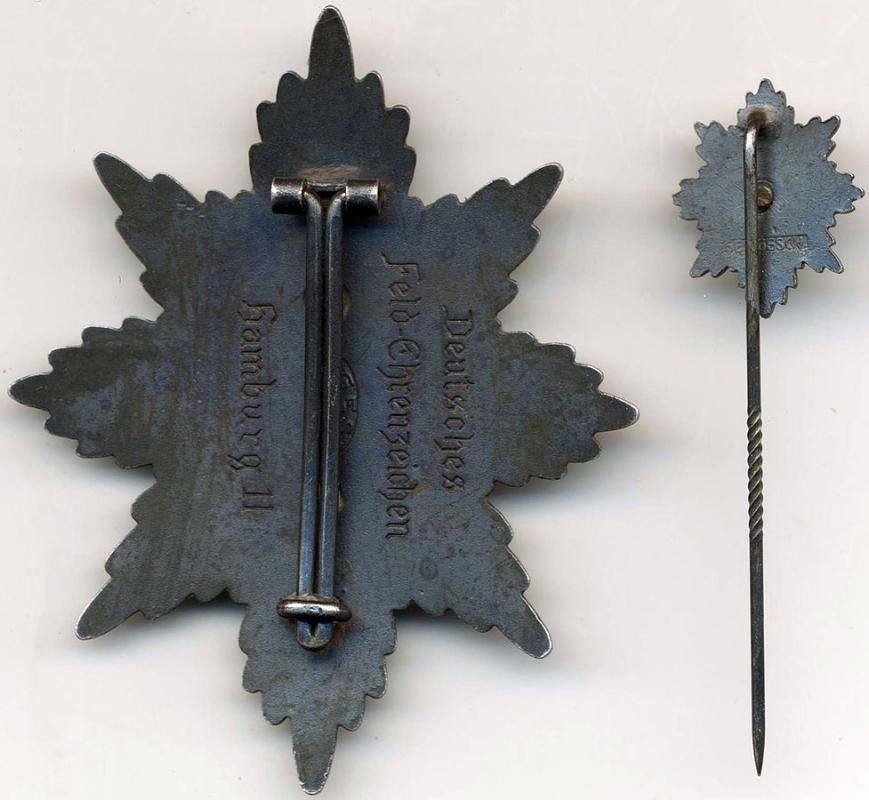 0
0 -
Here's another variation. If one looks at different pin styles and reverse inscriptions, there are at least 7 variations of this badge.
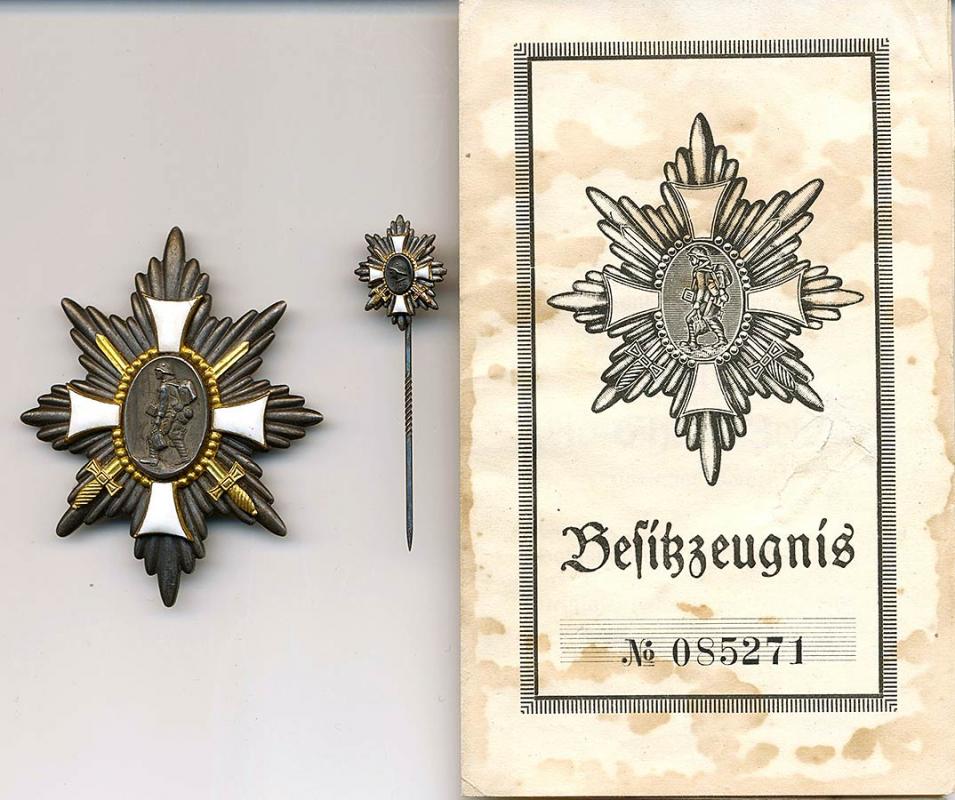 0
0 -
Thanks. You're absolutely correct.
0 -
I have researched this miniature and it appears to be L'Ordre du Saint-Esprit and to date from the Restoration period 1814-30. But, I don't know much about French orders and decorations. So, I'd appreciate any help I can get, as I eventually want to sell this.
 0
0 -
I found another, in keeping with the season.
 0
0 -
-
-
-
-
-
As a new contributor, I'd like to add a few of mine.
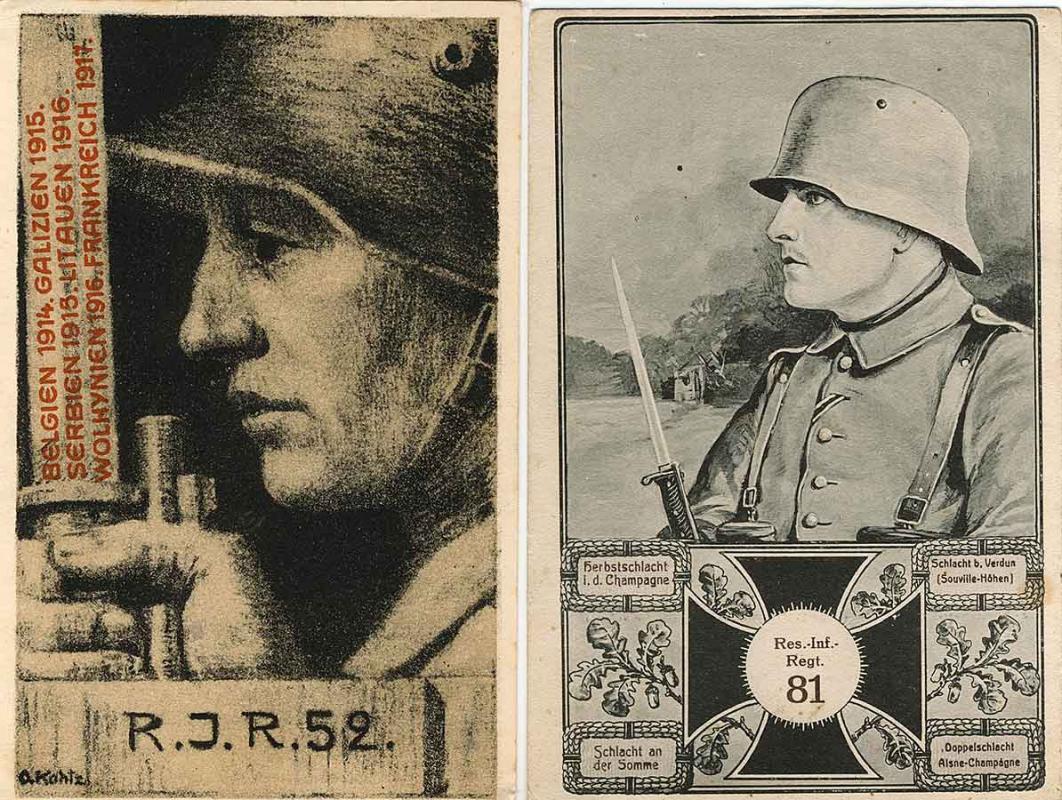 0
0 -
This badge was actually worn as a sleeve badge by Freiwilligen-Bataillon Schade (Haarcke 775.1).
The badge on eBay looks correct. But, according to the seller was 4 x 2.5 cm which is smaller than others I've seen which are 5 cm. But, it could be a variation.
Here is a pic of a pair of shoulder board devices for the 34th that sold on eBay about the same time as a comparison. Given the high price, I suspect that someone thought these were also worn by the Freikorps.
0 -
The only thing I can add to this discussion is that his creations are increasingly hitting the market and include such other pieces as: the Bug Stern, The Avalov Cross (unit badge) and/or the von Randow 1st class (they are very similar), and the von Lowenfeld Cross 1st class among others.
The German dealer known by many simply as "The Club" is one of the major sellers of his wares.
0 -
I know it says lower chest or breast. It actually says on the left, lower chest. I agree that it could refer to the pinback. But, I still maintain that the medal was originally supposed to be worn on a ribbon bar.
Knopfloch in this case, in my opinion refers to a miniature and ribbon, or ribbon alone being worn as a buttonhole device on civilian dress. But, it could possibly mean what you say.
However, in 50 years of collecting, I've never seen a picture of anyone wearing a Baltic Cross ribbon in the buttonhole like an EK, which doesn't mean it didn't happen. But, I somehow doubt it. Few awards were allowed to be worn in the buttonhole on the tunic along with the EK, except some State war merit cross ribbons.
But, it should be noted that they played pretty fast and loose with regulations during this period, expecially in the Baltic, and expecially in the 2nd phase of the operation when they essentially revolted and refused to return after being ordered home by the Weimar government.
It's fine to take what I or anyone says with a grain of salt. But, the bottom line is I wouldn't base a definitive opinion on the back of one award document, even if it is the standard issue document.
Fortunately, there's a lot more reference material available now, than there was when I first started collecting Freikorps material in the 70s. Then, there were only von Solomon's book, a few books in German by former Freikorps leaders like Erhardt and von Oven, Robert GL Waite's Vanguard of Nazism and the 2 self-published catalogues of insignia and awards by Verkuilen Ager.
I would rank Verkuilen as the leading world expert on the Freikorps, it's insignia and awards. His first book about Freikorps awards states that the Baltic cross with ribbon was the official award. Several references books since have used Verkuilen as a source of information. I also had an award document, bought from Verkuilen in 1978, (since sold, unfortunately) that stated in the citation - 'to be worn on the blue-white ribbon'.
Anyway, finding out the correct information is a big part of the joy of collecting. So, we can agree to disagree until there's difinitive proof one way or another.
cheers
0


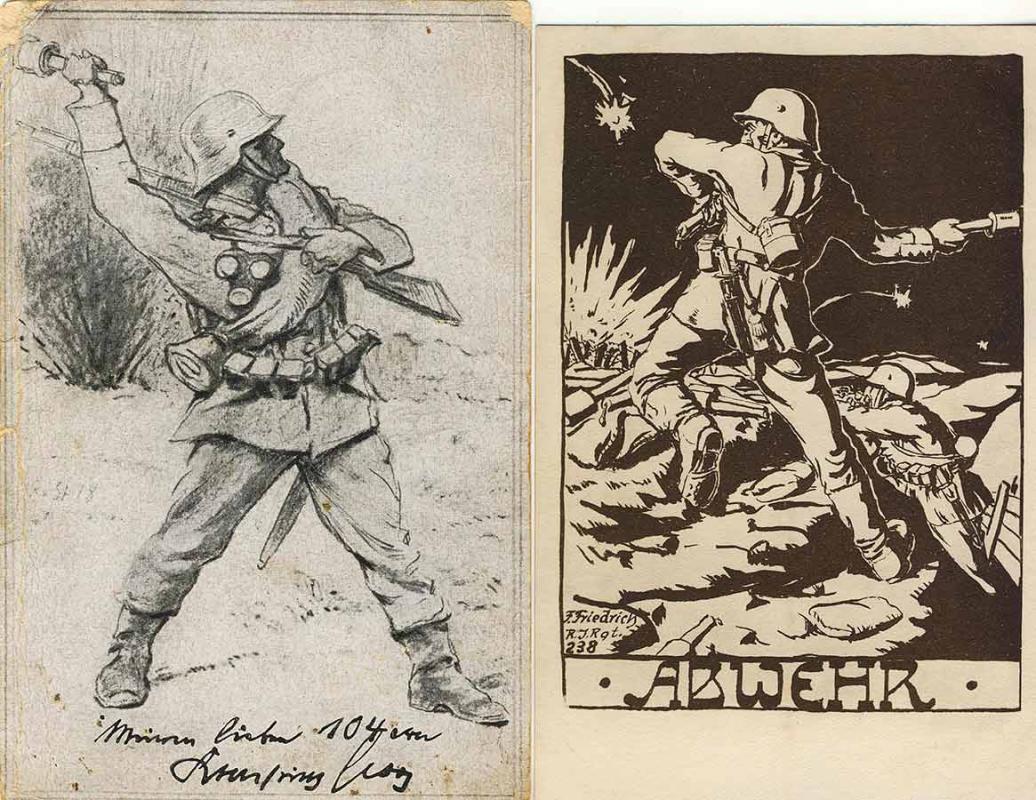
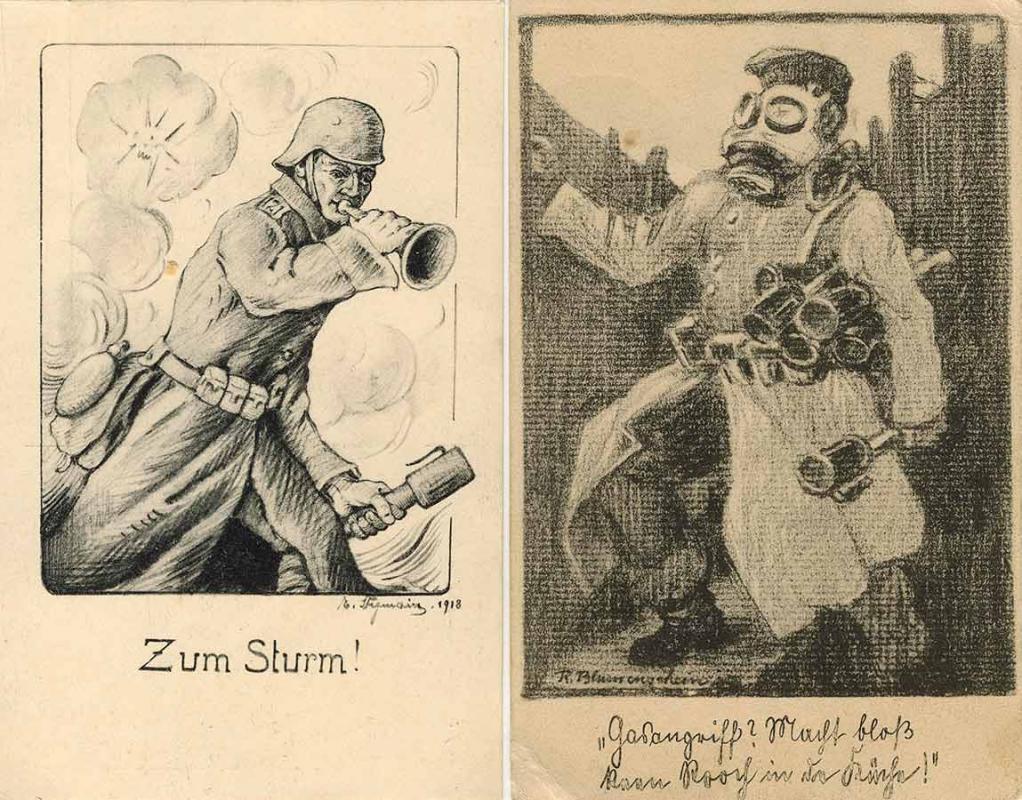
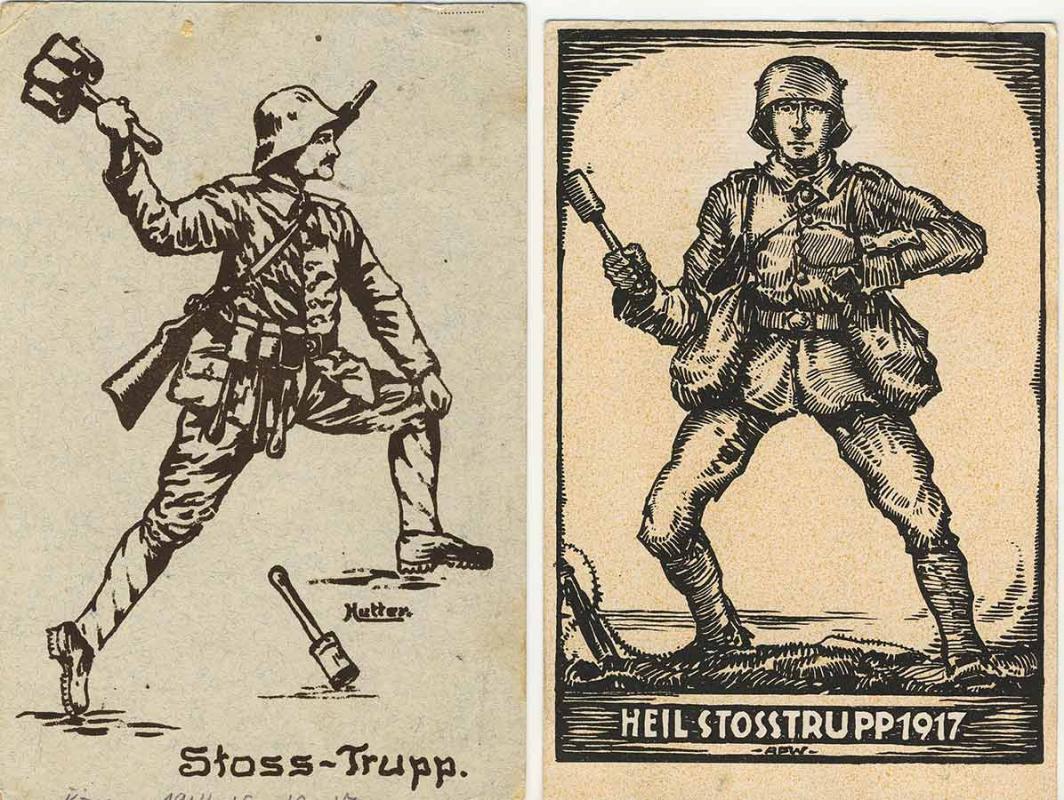
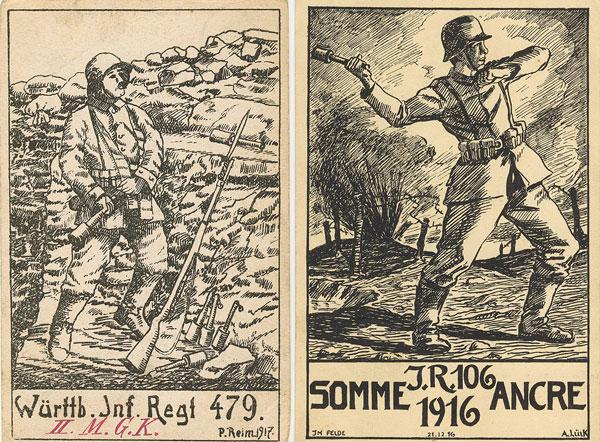
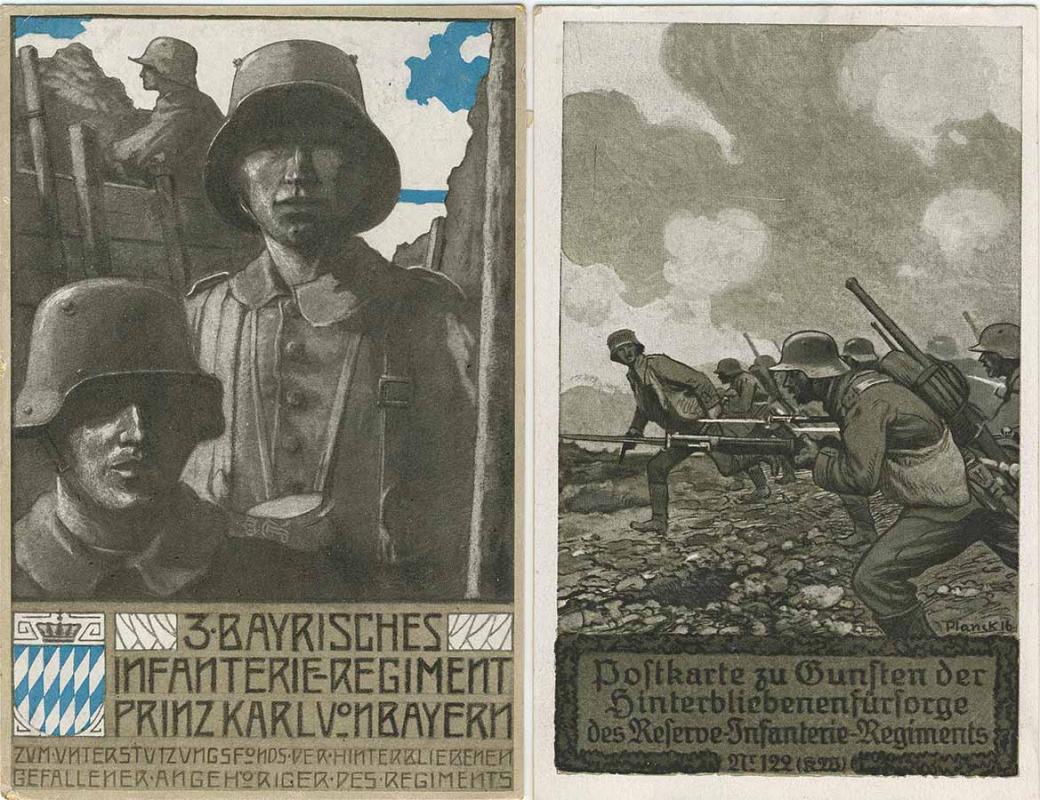
Sturmbataillon Teja - Freikorps Oberland
in Germany: Weimar Republic & Deutsche Freikorps
Posted
nice document to a rare group.